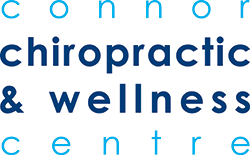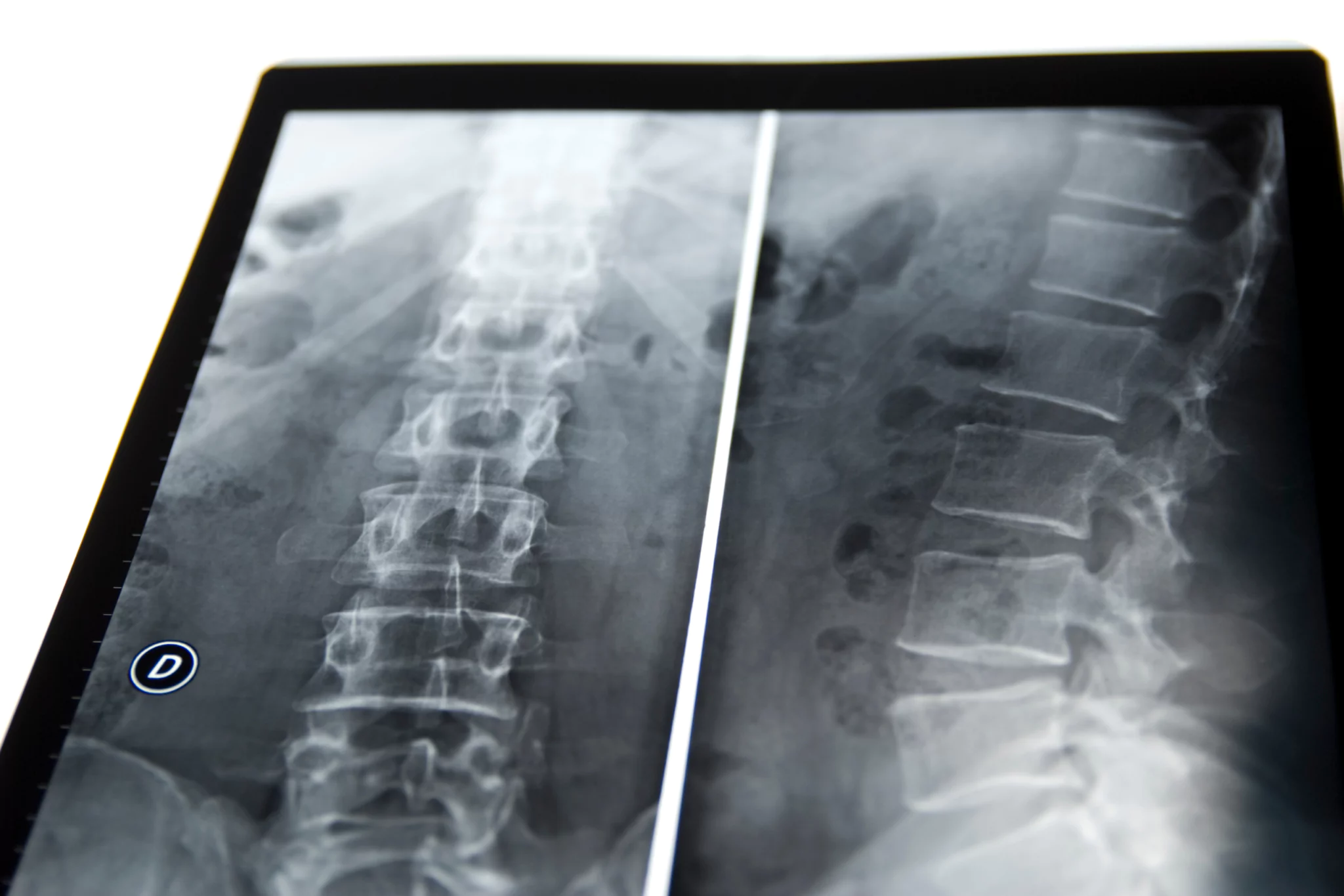Scoliosis: Breaking down the basics
Have you been told that you have scoliosis? Or suspect that you may have it? Scoliosis is defined as an abnormal lateral curvature of the spine. This curvature can happen in any portion of the spine. The most typical presentation is a “C” curvature where there is one curve or an “S” curvature where the curvature is located in two locations, in opposite directions.
When discussing scoliosis, there is a convex and a concave side to the curve. Convex refers to the outer angle of the curvature, and the concave side is the inner angle. We measure the angle at the apex of the curve. The apex is the most deviated or off-center spot within the spine.
It’s essential to track and monitor scoliosis angle, especially when dealing with children and youth until they have finished growing. This is because there is an increased risk of the angle increasing as a child grows. If the curvature reaches or surpasses 25 degrees, bracing may be suggested by your healthcare professional. By tracking the changes or lack of changes in the curvature, we can ensure the individual isn’t at increased risk of secondary complications due to scoliosis.
Wondering about treatment?
Chiropractic care cannot be used to cure scoliosis. That being said, some modalities can help decrease the symptoms that come with having scoliosis. This includes muscle soreness, joint stiffness, pain, or numbness. A chiropractor can also help balance out the muscles on either side of the spine. Balancing muscles helps decrease the risk of experiencing these symptoms and are trained to provide exercise suggestions and modifications.
When it comes to scoliosis, it’s important to understand that the body is no longer symmetrical. The muscles on the convex side (the outer angle), tend to be short and tight. In contrast, the muscles on the concave side (the inner angle) are typically elongated and stretched out and may become weak. There is a balance to living with and managing scoliosis, which involves strengthening the elongated side and stretching the tight/shortened side. Working with the curvature can significantly decrease symptoms and help prevent pain and stiffness.
One last thing to note is that there are many mild cases of scoliosis that may not present you with any symptoms at all. Having scoliosis does not necessarily mean you will experience more pain or stiffness than is typical for anyone. There are times when it is important to access care. These include when the scoliosis is noticed at a young age, if you think it is getting worse, or if it is causing you pain or other symptoms.


